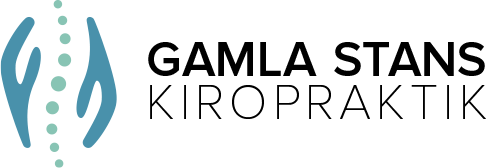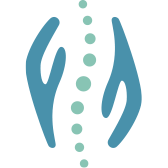Headache
Symptoms
Headache is one of the most common reasons people seek medical care. It can vary in intensity and character and can impact both work ability and quality of life. Common symptoms include:
- Tension or pressure over the forehead, temples, or back of the head
- Throbbing pain that can be unilateral or bilateral
- Pain that worsens with movement or physical exertion
- Light sensitivity and nausea associated with migraines
- Stiffness and tenderness in the neck and shoulders
Common Causes and Diagnoses
Chiropractors treat different types of headaches, particularly those related to neck function. Common diagnoses include:
- Tension Headache – The most common type of headache, often linked to muscle tension in the neck and shoulders.
- Cervicogenic Headache – Headache originating from the neck’s joints and muscles.
- Migraine – Intense, pulsating headache often accompanied by nausea and light sensitivity.
- Whiplash-Related Headache – Occurs after neck injuries, such as in car accidents.
- Temporomandibular Dysfunction (TMD) – Jaw joint issues that can lead to headaches and facial pain.
Consequences
Untreated headaches can significantly impact quality of life and lead to:
- Chronic pain conditions
- Reduced concentration and productivity
- Sleep problems and fatigue
- Increased risk of stress and anxiety
- Limitations in daily activities and social life
Treatment
Chiropractic care can be an effective method for reducing and preventing headaches, especially when related to neck function. Treatment may include:
- Adjustments to the neck’s joints – To improve mobility and reduce tension.
- Soft tissue therapy and trigger point treatment – To release muscle tension in the neck and shoulders.
- Postural exercises and ergonomic advice – To reduce strain on the neck and back.
- Personalized rehabilitation exercises – To strengthen muscles and improve posture.
Scientific studies support chiropractic care for headaches:
- A study in Journal of Manipulative and Physiological Therapeutics found chiropractic manipulation effective for tension headaches and cervicogenic headaches. (Bove & Nilsson, 1998)
- A randomized controlled study in Spine found spinal manipulation to be more effective than medication in reducing headache frequency and intensity. (Bryans et al., 2011)
- A systematic review in European Journal of Neurology found manual therapy to be an effective complementary treatment for migraines. (Chaibi et al., 2017)
Summary
If you suffer from recurrent headaches, chiropractic care may be a natural and effective solution. As a licensed chiropractor in Gamla Stan, Stockholm, I offer personalized care to reduce your pain and improve your quality of life. Book an appointment today to take the first step toward a headache-free life!



